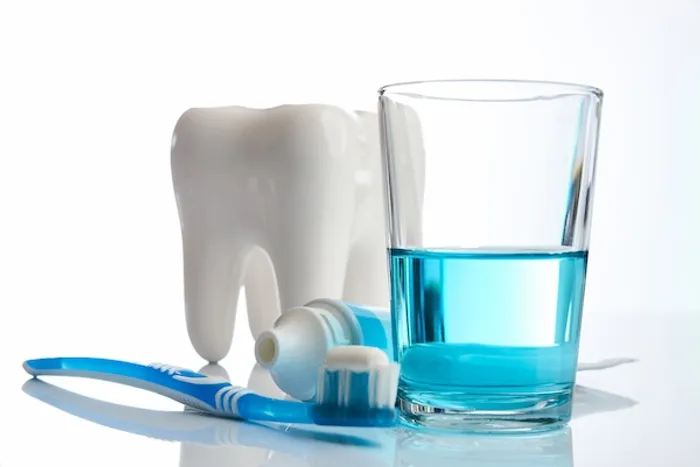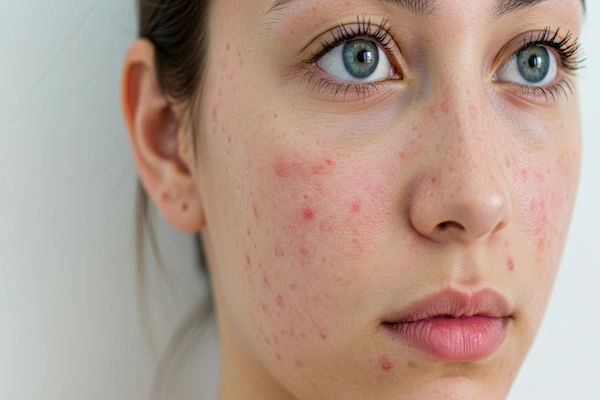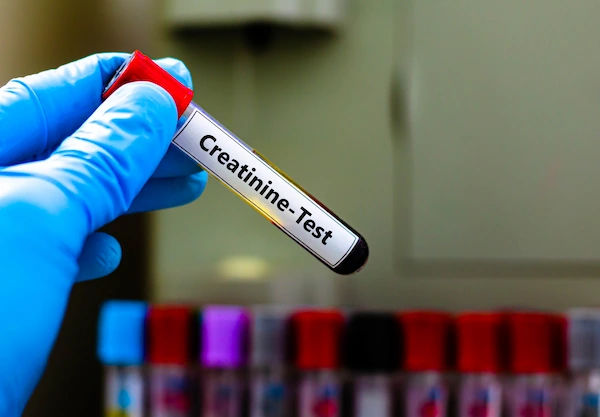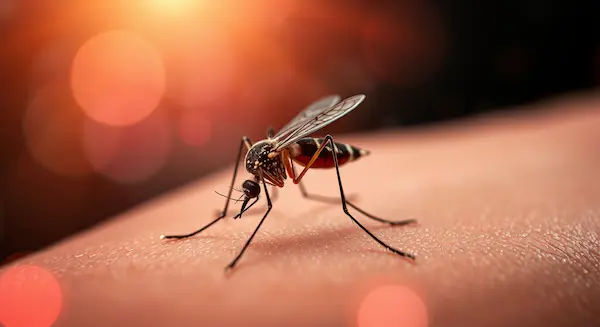Your Ultimate Guide to Oral Hygiene: A Healthy Mouth for a Healthier You
Discover the ultimate guide to oral hygiene with daily routines, lifestyle tips, and professional care for a healthier smile and overall well-being.


Introduction
We all know we should brush and floss, but truly effective oral hygiene is the cornerstone of not just a confident smile, but also your overall well-being. It’s about preventing problems before they start and understanding the profound connection between your mouth and the rest of your body. This comprehensive guide goes beyond the basics to provide you with a deep understanding of why oral hygiene matters and delivers actionable steps you can implement today. We will explore the daily routines, lifestyle choices, and professional care needed to achieve and maintain optimal oral health for life.
Why Oral Hygiene is More Than Just a Pretty Smile
Good oral hygiene is often associated with fresh breath and a bright smile, but its impact runs much deeper. Neglecting your mouth can lead to a cascade of issues that extend far beyond your gums and teeth.
The Mouth-Body Connection: How Gum Health Affects Your Overall Health
Your mouth is a gateway to your body, and the health of your gums is a critical indicator of your systemic health. Research has consistently shown a strong link between periodontal disease (advanced gum disease) and other serious conditions. The bacteria from inflamed gums can enter your bloodstream, potentially affecting other parts of your body. Studies suggest associations between severe gum disease and an increased risk of:
- Cardiovascular Disease: The inflammation caused by gum disease may contribute to the clogging of arteries and even increase the risk of heart attacks and strokes.
- Diabetes: Periodontal disease can make it more difficult to control blood sugar, and diabetes, in turn, can make you more susceptible to gum infections—a two-way street.
- Respiratory Infections: Inhaling bacteria from infected teeth and gums can lead to pneumonia and other pulmonary diseases, especially in vulnerable individuals.
This connection underscores that taking care of your mouth is a vital part of taking care of your entire body.
Preventing Costly and Painful Dental Procedures
From a purely practical standpoint, consistent oral hygiene is your best defence against expensive and uncomfortable dental work. A simple cavity, if left untreated, can turn into a root canal or even a tooth extraction, followed by the need for an implant or bridge. Regular brushing and flossing to remove plaque build-up—the sticky, colourless film of bacteria that constantly forms on your teeth—is the most effective way to prevent decay and gum disease in the first place. Investing a few minutes each day can save you thousands of pounds and significant discomfort down the road.
The Golden Rules of Daily Oral Care
A solid daily routine is non-negotiable. It’s not just about doing it, but doing it correctly.
The Right Way to Brush Your Teeth
Brushing twice a day for two minutes is the standard advice, but technique is everything. Aggressive, horizontal scrubbing can damage your enamel and irritate your gums.
Choosing Your Tools: Manual vs. Electric Toothbrush
While a manual toothbrush used correctly is perfectly adequate, studies show that electric toothbrushes with oscillating-rotating technology are generally more effective at reducing plaque build-up and gingivitis. They do a lot of the work for you, ensuring a consistent motion. Whichever you choose, ensure it has soft bristles to avoid damaging your enamel and gums.
Consult a Dentist for the best advice
Technique Matters: The Bass Brushing Method
Dentists often recommend the Bass method for optimal gum cleaning. Hold your brush at a 45-degree angle to your gums. Gently move the brush back and forth in short (tooth-wide) strokes, making sure to clean the outer, inner, and chewing surfaces. Don’t forget to brush your tongue to remove bacteria and freshen your breath.
The Non-Negotiable Step: Mastering the Art of Flossing
If you don’t floss, you’re missing about 40% of your tooth surfaces. Flossing is the only way to remove plaque and food particles from between your teeth and under the gumline—areas your toothbrush can't reach.
Traditional Floss vs. Water Flossers: Which is Better?
Traditional string floss is highly effective if used properly. Gently curve the floss around the base of each tooth, sliding it beneath the gumline. Avoid snapping it, which can harm gums. Water flossers (oral irrigators) are an excellent alternative, especially for people with braces, bridges, or dexterity issues. They use a stream of pulsating water to clean between teeth and below the gumline. While great for reducing gingivitis and flushing out debris, they are best used as a complement to, not a replacement for, traditional flossing when possible.
The Role of Mouthwash: Therapeutic vs. Cosmetic
Mouthwash should be the final step in your routine, not a substitute for brushing and flossing. Cosmetic mouthwashes temporarily control bad breath but offer no health benefits. Therapeutic mouthwashes, often containing ingredients like fluoride, cetylpyridinium chloride, or essential oils, can help reduce plaque, gingivitis, and tooth decay. Use them as directed, typically after brushing and flossing.
Beyond Brushing: Powerful Lifestyle Habits for Oral Health
Your daily care is crucial, but your overall lifestyle plays an equally important role in your oral hygiene.
Diet and Your Teeth: Foods to Embrace and Avoid
What you eat directly impacts your oral health. Sugar is the primary food source for the harmful bacteria in your mouth, which produce acids that erode enamel and cause cavities.
- Limit: Sugary drinks, sweets, and refined carbohydrates.
- Embrace: Crunchy fruits and vegetables (like apples and carrots) that help clean teeth. Dairy products, leafy greens, and almonds provide calcium and phosphorus to remineralise enamel. Green and black teas contain polyphenols that suppress bacteria.
The Impact of Smoking and Alcohol on Oral Hygiene
Tobacco use in any form is one of the most significant risk factors for periodontal disease. It impairs blood flow to the gums, compromising their ability to heal and fight infection. Similarly, alcohol dries out your mouth, reducing the protective effects of saliva, which neutralises acids and washes away food particles.
Staying Hydrated: Water as a Natural Cleanser
Drinking water throughout the day, especially after meals, is one of the simplest and most effective things you can do for your oral hygiene. It helps rinse away food particles and dilute the acids produced by bacteria in your mouth.
Don't Go It Alone: The Critical Role of Professional Dental Care
Even the most diligent at-home care needs to be supported by professional oversight. A dental check-up is essential for catching problems early.
What to Expect During a Routine Check-up and Cleaning
A routine visit typically involves two parts:
- The Examination: The dentist or hygienist will check for signs of cavities, gum disease, oral cancer, and other issues, often using X-rays to see what’s happening beneath the surface.
- The Cleaning (Prophylaxis): This involves removing plaque build-up and hardened tartar (calculus) that you can’t remove at home. They will then polish your teeth to remove surface stains.
How Often Should You Really See a Dentist?
The standard recommendation is every six months. However, your dentist may suggest more frequent visits if you have a history of gum disease, are a smoker, or are at higher risk for other oral health problems. If you experience persistent bleeding gums, tooth sensitivity, or pain, it's crucial to consult a professional. You can book a physical visit to a dentist with Apollo24|7 to get a comprehensive evaluation.
Recognising Warning Signs: Common Oral Health Issues
Understanding the early signs of trouble can help you seek care before a minor issue becomes a major one.
Early Gum Disease (Gingivitis) vs. Periodontitis
Gingivitis is the inflammation of the gums, characterised by redness, swelling, and bleeding when you brush or floss. The good news is that it is reversible with improved oral hygiene. If left untreated, it can advance to periodontitis, a severe infection that destroys the bone supporting your teeth and can lead to tooth loss.
Tooth Sensitivity and Decay: Causes and Prevention
Tooth sensitivity to hot, cold, or sweet stimuli often occurs when enamel wears down, exposing the underlying dentin. It can also be a sign of a cavity, a cracked tooth, or gum recession. Using a fluoride toothpaste designed for sensitive teeth can help, but it's important to get a proper diagnosis from a dentist to rule out serious decay.
Conclusion
Achieving excellent oral hygiene is a lifelong commitment that pays immense dividends for your smile, your health, and your wallet. It’s built on a foundation of consistent, proper daily care—thoughtful brushing, diligent flossing, and smart dietary choices—buttressed by regular professional check-ups. Remember, your mouth is a mirror reflecting your overall health. By taking the steps outlined in this guide, you’re not just investing in a brighter smile; you’re taking a proactive step toward a healthier, happier you. Start today by reviewing your routine and making one positive change.
Consult a Dentist for the best advice
Consult a Dentist for the best advice

Dr Gaurav Jain
Oral and Maxillofacial Surgeon
21 Years • BDS, MDS
Delhi
Apollo Hospitals Indraprastha, Delhi

Dr. Usra Shakil
Dentist
8 Years • BDS
New Town
Prime Diagnostic and Polyclinic, New Town
(25+ Patients)

Dr. Ankit Khandelwal
Oral and Maxillofacial Surgeon
13 Years • BDS, MDS ( Oral & Maxillofacial Surgery) , PGDCC, Fellowship in Head & Neck Oncology
Kolkata
Gajanan Multispeciality Clinic, Kolkata
(75+ Patients)
Dr. Smita Rani Satpathy
Dentist
5 Years • BDS
Bhubaneswar
INNOVATIVE SMILE, Bhubaneswar

Dr. Sapna Siwatch
Dentist
13 Years • BDS , MDS (Oral medicine & Radiology), Certificate in Aesthetic Medicine, FMC
Delhi
SIWATCH CLINIC, Delhi
(50+ Patients)
More articles from General Medical Consultation
Frequently Asked Questions
Is an electric toothbrush really better than a manual one?
While you can clean your teeth effectively with a manual brush, electric toothbrushes, particularly oscillating-rotating models, have been shown to be more effective at reducing plaque and mild gingivitis for most people, as they encourage a better technique.
I have sensitive teeth. What is the best toothpaste to use?
Look for a fluoride toothpaste specifically labelled for sensitive teeth. These often contain ingredients like potassium nitrate or stannous fluoride, which help block the pathways to the nerves inside your teeth. If sensitivity persists, consult a dentist to rule out underlying issues like decay or a cracked tooth.
How can I tell if I have gingivitis?
The most common signs of early gum disease are gums that are red, swollen, tender, or that bleed easily when you brush or floss. You might also have persistent bad breath.
Is chewing gum good for your teeth?
Yes, but only if it’s sugar-free. Chewing sugar-free gum after meals stimulates saliva production, which helps neutralise acids, wash away food particles, and remineralise enamel.
What are natural ways to prevent cavities?
Alongside brushing and flossing, a diet low in sugar and high in fibrous vegetables helps. Some studies suggest that a mouthwash containing Xylitol, a natural sugar alcohol, can reduce cavity-causing bacteria. However, these methods should complement, not replace, a standard fluoride-based oral hygiene routine.




